Home>Gardening & Outdoor>Plant Care & Gardening Tips>How To Keep Mums Over Winter

Plant Care & Gardening Tips
How To Keep Mums Over Winter
Modified: August 20, 2024
Learn essential plant care and gardening tips for keeping mums thriving over the winter. Discover expert advice to ensure your mums survive the colder months.
(Many of the links in this article redirect to a specific reviewed product. Your purchase of these products through affiliate links helps to generate commission for Storables.com, at no extra cost. Learn more)
Introduction
As the vibrant colors of summer begin to fade, many gardeners find themselves seeking ways to extend the beauty of their outdoor spaces into the cooler months. One popular and rewarding way to achieve this is by cultivating chrysanthemums, commonly known as mums. These resilient and captivating flowers have the remarkable ability to thrive during the fall and even through the winter, making them a valuable addition to any garden.
In this comprehensive guide, we will explore the essential techniques for keeping mums healthy and vibrant over the winter months. From selecting the right variety of mums to providing proper care and protection, we will delve into the intricacies of nurturing these beloved flowers through the seasonal transition. Whether you are a seasoned gardener or a novice enthusiast, the insights shared here will equip you with the knowledge and confidence to successfully maintain your mums throughout the winter.
With the guidance provided in this article, you will discover the joy of witnessing your mums flourish in the midst of cooler temperatures, adding a touch of warmth and color to your outdoor environment. So, let's embark on this journey together and unlock the secrets to nurturing beautiful mums that will continue to brighten your days even as the winter chill sets in.
Key Takeaways:
- Embrace the winter beauty of mums by choosing the right variety for your area, providing ample sunlight, and protecting them from frost. With proper care, mums can thrive and add vibrant colors to your garden even in cooler months.
- Nurturing mums through winter involves strategic pruning, mulching, and container care. By following these techniques, gardeners can witness the resilience and enduring beauty of mums, creating a flourishing garden landscape even in the face of seasonal transitions.
Read more: How To Winterize Garden Mums
Choosing the Right Variety of Mums
When it comes to selecting the right variety of mums for the winter season, it's essential to consider several factors to ensure their successful growth and resilience. Mums come in a wide array of colors, shapes, and sizes, offering a diverse range of options to suit various preferences and garden aesthetics. Here are some key points to keep in mind when choosing the ideal mums for winter:
-
Hardiness Zones: Before purchasing mums, it's crucial to determine the hardiness zone of your location. Mums are categorized based on their ability to withstand different temperature ranges. Be sure to select varieties that are well-suited to your specific hardiness zone to ensure their ability to thrive in your local climate.
-
Early-Blooming vs. Late-Blooming: Mums are classified as either early-blooming or late-blooming, with each type offering distinct advantages. Early-blooming mums typically flower in early fall, while late-blooming varieties bloom closer to the onset of winter. Consider your preferred blooming period and choose mums accordingly to enjoy a prolonged display of colorful blooms.
-
Plant Size and Shape: Mums exhibit a range of growth habits, from compact and bushy to tall and upright. Consider the available space in your garden and the desired visual impact when selecting mums. Compact varieties are well-suited for borders and containers, while taller mums can create striking focal points in garden beds.
-
Color Palette: Mums are renowned for their captivating array of colors, including shades of red, yellow, orange, pink, and white, among others. When choosing mums for winter, take into account the existing color scheme of your garden and outdoor space. Selecting mums that complement or contrast with the surrounding foliage and other flowering plants can create a visually harmonious and dynamic landscape.
-
Resilience and Disease Resistance: Look for mums that exhibit resilience to common environmental stressors and diseases prevalent during the winter months. Opt for varieties known for their robustness and ability to withstand colder temperatures, ensuring that your mums remain healthy and vibrant throughout the season.
By carefully considering these factors and selecting mums that align with your specific preferences and environmental conditions, you can set the stage for a successful and visually captivating display of mums during the winter months. With the right variety of mums in place, you will be well-prepared to embark on the journey of nurturing these resilient and enchanting flowers through the seasonal transition.
Planting Mums in the Right Location
Planting mums in the right location is crucial for ensuring their optimal growth and resilience throughout the winter season. The proper placement of mums not only influences their overall health and vigor but also contributes to the visual impact they create within the garden landscape. Here are essential considerations for planting mums in the right location:
Sunlight Requirements
Mums thrive in locations that receive ample sunlight, typically requiring at least six hours of direct sunlight per day. When selecting a planting site, prioritize areas with abundant sunlight exposure, such as south-facing or west-facing spots in the garden. Adequate sunlight not only promotes robust growth and prolific blooming but also enhances the vibrancy of the flower colors, resulting in a more visually stunning display.
Soil Quality and Drainage
The soil quality and drainage characteristics of the chosen planting location significantly impact the health and longevity of mums. These flowers prefer well-draining soil with a slightly acidic to neutral pH level. Before planting, assess the soil's texture and composition, ensuring it is loose, fertile, and capable of efficiently draining excess moisture. Amending the soil with organic matter, such as compost or peat moss, can improve its structure and nutrient content, creating an ideal growing environment for mums.
Read more: How To Store Geraniums Over Winter
Air Circulation
Proper air circulation is essential for preventing common issues such as mildew and fungal diseases, particularly during the cooler months. When planting mums, choose a location that allows for adequate air movement around the plants. Avoid overcrowding mums or situating them in areas with restricted airflow, as this can create a conducive environment for disease development. Well-ventilated spaces contribute to the overall health and vigor of mums, reducing the risk of fungal infections and promoting strong, resilient growth.
Protection from Harsh Elements
While mums are known for their resilience, it's important to consider their protection from harsh elements when selecting a planting location. Avoid areas prone to strong winds or excessive exposure to harsh weather conditions, as these can cause physical damage to the plants and inhibit their growth. Additionally, positioning mums in locations sheltered from extreme cold or frost pockets can help safeguard them from potential winter damage, ensuring their continued vitality and visual appeal.
By carefully assessing these factors and selecting an optimal planting location that meets the sunlight, soil, air circulation, and protection requirements, you can establish an ideal environment for mums to thrive throughout the winter. The thoughtful placement of mums within the garden landscape sets the stage for their enduring beauty and resilience, allowing you to enjoy a captivating display of vibrant blooms even as the temperatures begin to drop.
Watering and Fertilizing Mums
Proper watering and fertilization are essential components of nurturing healthy and resilient mums, especially as they transition into the winter season. By understanding the specific water and nutrient requirements of mums, you can effectively support their growth and fortify them against the challenges posed by cooler temperatures. Here's a detailed exploration of the best practices for watering and fertilizing mums to ensure their vitality and vibrancy throughout the winter.
Watering Mums
Maintaining adequate soil moisture is critical for the well-being of mums, particularly during the winter when dry and fluctuating conditions can impact their overall health. When it comes to watering mums, it's important to strike a balance between providing sufficient moisture and avoiding waterlogged conditions that can lead to root rot. Here are key guidelines for watering mums effectively:
-
Consistent Moisture: Aim to keep the soil consistently moist but not waterlogged. Check the soil moisture regularly by inserting your finger into the soil to a depth of about an inch. If the soil feels dry at this depth, it's time to water the mums.
-
Deep Watering: When watering mums, ensure that the water penetrates deeply into the root zone. Shallow watering can encourage shallow root growth, making the plants more susceptible to stress and winter damage. Water the mums thoroughly, allowing the moisture to reach the deeper root system.
-
Morning Watering: Schedule watering sessions in the morning to allow excess moisture on the foliage to evaporate during the day. This helps prevent fungal diseases and minimizes the risk of water-related issues, particularly in cooler weather.
-
Mulch Retention: Apply a layer of organic mulch around the base of the mums to help retain soil moisture. Mulch acts as a protective barrier, reducing moisture evaporation and maintaining a more consistent soil temperature, which is especially beneficial during the winter months.
Read more: How To Store Cannas Over Winter
Fertilizing Mums
Proper fertilization provides mums with the essential nutrients needed to support their growth, promote robust blooming, and fortify their resistance to environmental stressors. When fertilizing mums for the winter, consider the following recommendations to optimize their nutritional intake:
-
Balanced Fertilizer: Use a balanced, slow-release fertilizer with a formulation such as 10-10-10 or 12-12-12 to provide mums with a steady supply of essential nutrients. Apply the fertilizer according to the manufacturer's instructions, typically in early spring and again in mid-summer to support winter readiness.
-
Avoid Overfeeding: While mums benefit from regular fertilization, it's important to avoid overfeeding, especially as the winter approaches. Excessive nitrogen can stimulate tender growth that is more susceptible to cold damage. Follow the recommended application rates and avoid applying fertilizer late in the growing season.
-
Nutrient Uptake: Ensure that the mums have access to adequate nutrients by maintaining well-drained soil and addressing any nutrient deficiencies promptly. Healthy soil structure and composition facilitate optimal nutrient uptake, contributing to the overall vigor and resilience of the plants.
By adhering to these watering and fertilization practices, you can provide mums with the essential support they need to thrive during the winter months. Consistent moisture management and balanced fertilization contribute to the overall health and vitality of mums, enabling them to withstand the seasonal challenges and continue gracing your garden with their captivating beauty.
Protecting Mums from Frost and Cold Temperatures
As the winter season approaches, it becomes imperative to safeguard mums from the detrimental effects of frost and cold temperatures. These resilient flowers, known for their ability to endure cooler conditions, can benefit from protective measures that mitigate the impact of frost and ensure their continued vitality. Implementing strategies to shield mums from freezing temperatures and frost damage is essential for preserving their health and visual appeal throughout the winter.
Timing of Protection
When preparing mums for the onset of frost and cold temperatures, it's crucial to consider the timing of protective measures. Monitor weather forecasts and anticipate the arrival of frost in your region. As temperatures begin to drop, initiate protective actions before the first frost occurs. Proactive intervention allows mums to acclimate gradually to the changing conditions and minimizes the risk of sudden temperature shocks that can compromise their resilience.
Covering and Insulating
One effective method of protecting mums from frost is to cover them with insulating materials. Lightweight frost blankets, old bedsheets, or burlap can be draped over the mums during the evening and removed during the day to allow sunlight and airflow. These covers act as a barrier against frost, trapping the heat radiating from the soil and providing a protective shield against freezing temperatures. Ensure that the covers extend to the ground to trap the heat effectively and secure them in place to prevent wind displacement.
Read more: How To Keep Your Mums Blooming
Mulching for Thermal Regulation
Applying a layer of organic mulch around the base of mums serves as a valuable technique for thermal regulation. Mulch acts as an insulating blanket, protecting the roots and lower stems of the plants from extreme temperature fluctuations. Additionally, it helps retain soil moisture and moderates soil temperature, creating a more stable and conducive environment for the mums during the winter. Organic materials such as straw, shredded leaves, or pine needles can serve as effective mulching options.
Selecting Sheltered Locations
Strategic placement of mums in sheltered locations can provide natural protection from frost and cold temperatures. Position mums near structures, such as buildings or fences, that offer a degree of thermal buffering. These structures can mitigate the impact of chilling winds and create a microclimate that is less susceptible to frost formation. By situating mums in sheltered areas, you can enhance their resilience and reduce the risk of cold-related damage.
Monitoring and Adjusting
Continual monitoring of weather conditions and the status of mums is essential for making timely adjustments to protective measures. As the winter progresses, assess the effectiveness of the protective strategies and make necessary modifications based on the prevailing weather patterns. Stay vigilant for sudden temperature drops or unanticipated frost events, and be prepared to reinforce the protective coverings or adjust the insulation as needed to ensure comprehensive protection for the mums.
By implementing these protective measures, you can safeguard mums from the adverse effects of frost and cold temperatures, enabling them to thrive and maintain their visual allure throughout the winter. The thoughtful application of protective strategies not only preserves the health and vigor of mums but also ensures that they continue to grace your garden with their enduring beauty, even in the face of challenging winter conditions.
Pruning and Deadheading Mums
Pruning and deadheading are essential practices for maintaining the health, appearance, and longevity of mums, especially as they transition into the winter season. By understanding the principles of proper pruning and deadheading, gardeners can promote vigorous growth, encourage continuous blooming, and enhance the overall resilience of these beloved flowers.
Read more: How To Store EGO Battery Over The Winter
Pruning Techniques
Pruning mums involves the strategic removal of specific plant parts to stimulate new growth, maintain a compact form, and improve overall plant health. As mums prepare for winter, the following pruning techniques are instrumental in preparing them for the seasonal transition:
-
Pinching: Pinching, or the removal of the growing tips of young mum plants, encourages branching and results in bushier, more robust growth. This practice is typically performed in the early stages of growth to shape the plants and promote the development of multiple flowering stems.
-
Disbudding: Disbudding involves the removal of lateral flower buds to direct the plant's energy towards the development of larger, more prominent blooms. By selectively removing smaller buds, gardeners can encourage the production of fewer, but more impressive, flowers.
-
Cutting Back: In late spring or early summer, cutting back mums by one-third to one-half of their height can promote a more compact and sturdy growth habit. This practice helps prevent leggy growth and encourages the development of strong, well-branched stems.
Deadheading Techniques
Deadheading, the removal of spent or faded flowers, is a crucial practice for prolonging the blooming period of mums and maintaining their visual appeal. As mums continue to bloom into the winter, the following deadheading techniques are instrumental in sustaining their vitality:
-
Regular Removal: Consistently removing spent flowers prevents the formation of seeds and redirects the plant's energy towards producing new blooms. This encourages a prolonged and abundant flowering display, enhancing the overall aesthetic value of the mums.
-
Pruning Shears: Using sharp pruning shears, carefully snip off faded flowers just above a set of healthy leaves or lateral buds. This precise method of deadheading promotes a tidy appearance and prevents the formation of seed heads, which can divert the plant's resources away from blooming.
-
Stem Trimming: In addition to removing individual spent flowers, periodic stem trimming can help rejuvenate the mums by encouraging the growth of new flowering shoots. Trimming the stems back to a set of healthy leaves or lateral buds promotes continuous blooming and maintains the overall vigor of the plants.
By incorporating these pruning and deadheading techniques into the care routine for mums, gardeners can effectively promote their health and visual appeal as they transition into the winter season. These practices not only contribute to the immediate well-being of the mums but also set the stage for their continued vitality and beauty in the seasons to come.
Mulching Mums for Winter Protection
Mulching serves as a highly effective and versatile technique for providing winter protection to mums, offering a multitude of benefits that contribute to the plants' resilience and overall health. As the cooler temperatures set in, the strategic application of mulch around the base of mums creates a protective barrier that helps safeguard them from the harsh environmental conditions prevalent during the winter months.
Insulation and Temperature Regulation
One of the primary advantages of mulching mums for winter protection is the insulation it provides to the root system and lower stems of the plants. As temperatures fluctuate and the soil undergoes cooling cycles, mulch acts as a thermal buffer, minimizing the impact of extreme temperature variations on the mums. By retaining heat within the soil, mulch helps maintain a more stable and moderate temperature environment, reducing the risk of frost damage and temperature-related stress on the plants.
Read more: How High To Leave Grass Over Winter
Moisture Retention and Soil Stability
Mulch plays a pivotal role in retaining soil moisture, a critical factor in ensuring the well-being of mums during the winter. By covering the soil surface with a layer of organic mulch, gardeners can mitigate moisture loss through evaporation, thereby preserving a consistent level of soil moisture essential for the mums' root development and overall hydration. Additionally, mulch helps prevent soil erosion and compaction, contributing to the stability and structure of the soil, which is particularly beneficial during periods of inclement weather.
Weed Suppression and Disease Prevention
The application of mulch around mums offers the added advantage of suppressing weed growth, creating a weed-free environment that reduces competition for essential nutrients and minimizes the risk of weed-related issues. Furthermore, mulch serves as a protective barrier against soil-borne diseases and pathogens, acting as a deterrent to the spread of fungal infections and other common ailments that can compromise the health of mums during the winter. This proactive measure contributes to the overall disease resistance and vigor of the plants, promoting their longevity and visual appeal.
Mulching Materials and Application
Organic materials such as straw, shredded leaves, pine needles, or compost make excellent choices for mulching mums during the winter. These materials provide effective insulation and moisture retention while gradually decomposing to enrich the soil with valuable organic matter. When applying mulch, create a layer approximately 2-3 inches thick around the base of the mums, ensuring that the mulch extends to cover the entire root zone without directly contacting the stems. This careful application helps maximize the protective benefits of mulch while minimizing the risk of moisture-related issues.
By incorporating mulching as a fundamental aspect of winter protection for mums, gardeners can create an environment that fosters the plants' resilience, health, and longevity. The multifaceted benefits of mulch, including insulation, moisture retention, weed suppression, and disease prevention, contribute to the overall well-being of mums, ensuring that they emerge from the winter season with vigor and vitality, ready to grace the garden with their captivating beauty once again.
Overwintering Mums in Containers
Overwintering mums in containers presents a unique set of considerations and challenges, requiring thoughtful preparation and strategic care to ensure the plants' survival and vitality during the winter months. Container-grown mums are more susceptible to temperature fluctuations and moisture-related issues, making it essential to implement specialized techniques for their winter protection.
Read more: How To Store Grass Seed Over Winter
Container Selection and Placement
Selecting the right containers for overwintering mums is the first step in creating a conducive environment for their survival. Choose containers that provide adequate insulation and root space, such as large, sturdy pots with proper drainage holes. Additionally, consider the material of the containers, opting for insulated or double-walled options that offer enhanced protection against temperature extremes. When positioning the containers, place them in sheltered areas that receive ample sunlight while minimizing exposure to harsh winds and extreme cold. This strategic placement helps create a microclimate that is more favorable for the mums' winter survival.
Soil Preparation and Insulation
Preparing the soil within the containers is crucial for establishing an environment that supports the mums' resilience during the winter. Use high-quality, well-draining potting mix with added organic matter to promote moisture retention and root health. Prior to the onset of winter, consider insulating the containers by wrapping them with materials such as burlap or bubble wrap. This additional layer of insulation helps maintain more stable soil temperatures and protects the mums' root systems from the chilling effects of winter.
Watering and Moisture Management
Proper moisture management is essential for overwintering mums in containers. While it's important to ensure that the mums receive adequate moisture, it's equally crucial to prevent waterlogged conditions that can lead to root rot. Monitor the soil moisture regularly and adjust the watering frequency based on the prevailing weather conditions. During periods of prolonged cold or frost, reduce watering to prevent excessive moisture accumulation, which can be detrimental to the mums' root health.
Protective Coverings and Mulching
Implement protective coverings to shield the containers and mums from freezing temperatures and frost. Lightweight frost blankets or insulating materials can be draped over the containers during the evening and removed during the day to allow sunlight exposure. Additionally, apply a layer of organic mulch on the soil surface within the containers to provide insulation and moisture retention. Mulch serves as a protective barrier that helps regulate soil temperature and prevents rapid moisture evaporation, contributing to the overall winter resilience of the mums.
Read more: How To Store Banana Trees Over Winter
Monitoring and Maintenance
Regular monitoring of the containers and mums is essential throughout the winter. Keep a close eye on the soil moisture, temperature fluctuations, and the overall condition of the plants. Be prepared to make adjustments to the protective coverings and insulation based on the evolving weather patterns. Additionally, inspect the mums for any signs of stress or damage, addressing any issues promptly to ensure their continued health and vitality.
By implementing these specialized techniques for overwintering mums in containers, gardeners can create an environment that supports the plants' survival and resilience during the winter. Thoughtful preparation, strategic care, and proactive monitoring contribute to the mums' ability to withstand the seasonal challenges, ensuring that they emerge from the winter ready to thrive and bloom once again.
Conclusion
In conclusion, the successful overwintering of mums is a rewarding endeavor that offers the opportunity to extend the beauty of these resilient flowers into the cooler months. By incorporating the insights and techniques shared in this comprehensive guide, gardeners can equip themselves with the knowledge and strategies needed to nurture mums through the seasonal transition, ensuring their health, vitality, and visual appeal throughout the winter.
From the initial selection of the right mums suited for the local hardiness zone to the careful consideration of planting locations that provide optimal sunlight, soil quality, and protection from harsh elements, every step plays a crucial role in setting the stage for the mums' winter resilience. The thoughtful application of watering and fertilization practices, coupled with protective measures against frost and cold temperatures, serves to fortify the mums against environmental stressors, enabling them to thrive in the face of winter challenges.
Furthermore, the meticulous attention given to pruning, deadheading, and mulching contributes to the overall health and longevity of mums, promoting continuous blooming and disease resistance. The specialized techniques for overwintering mums in containers offer valuable insights for creating a conducive environment that supports the plants' survival and resilience during the winter.
As gardeners embrace the journey of nurturing mums through the winter, they are rewarded not only with the enduring beauty of these captivating flowers but also with the satisfaction of witnessing the resilience and vitality of nature in the face of seasonal transitions. The vibrant blooms of mums, set against the backdrop of cooler temperatures, serve as a testament to the enduring spirit of nature and the nurturing care provided by gardeners.
In essence, the successful overwintering of mums is a testament to the harmonious partnership between nature and the gardener, where thoughtful practices and attentive care converge to create a flourishing and visually captivating garden landscape. By embracing the principles and techniques outlined in this guide, gardeners can embark on a journey that celebrates the enduring beauty of mums, infusing the winter season with vibrant colors and natural splendor.
Frequently Asked Questions about How To Keep Mums Over Winter
Was this page helpful?
At Storables.com, we guarantee accurate and reliable information. Our content, validated by Expert Board Contributors, is crafted following stringent Editorial Policies. We're committed to providing you with well-researched, expert-backed insights for all your informational needs.

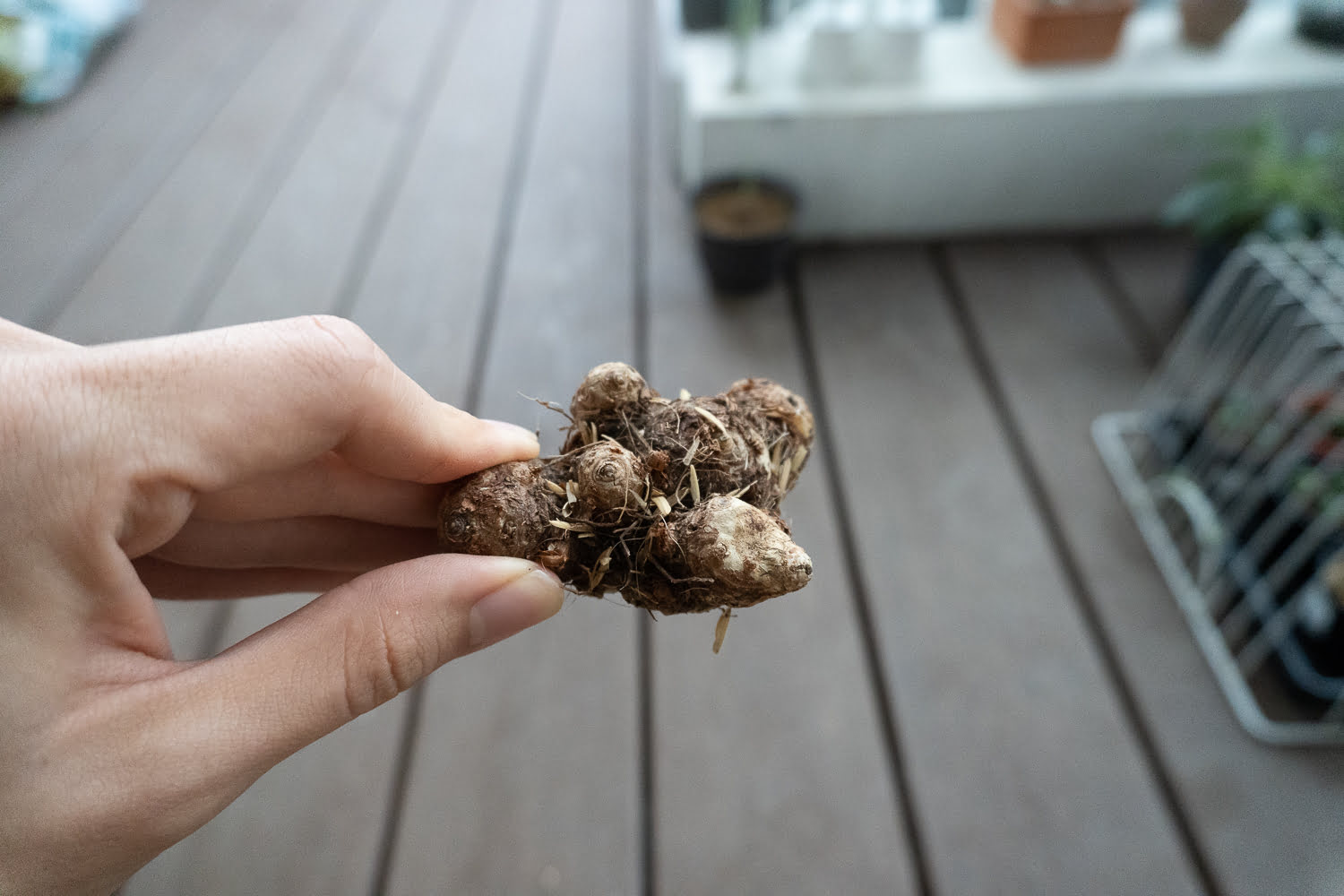
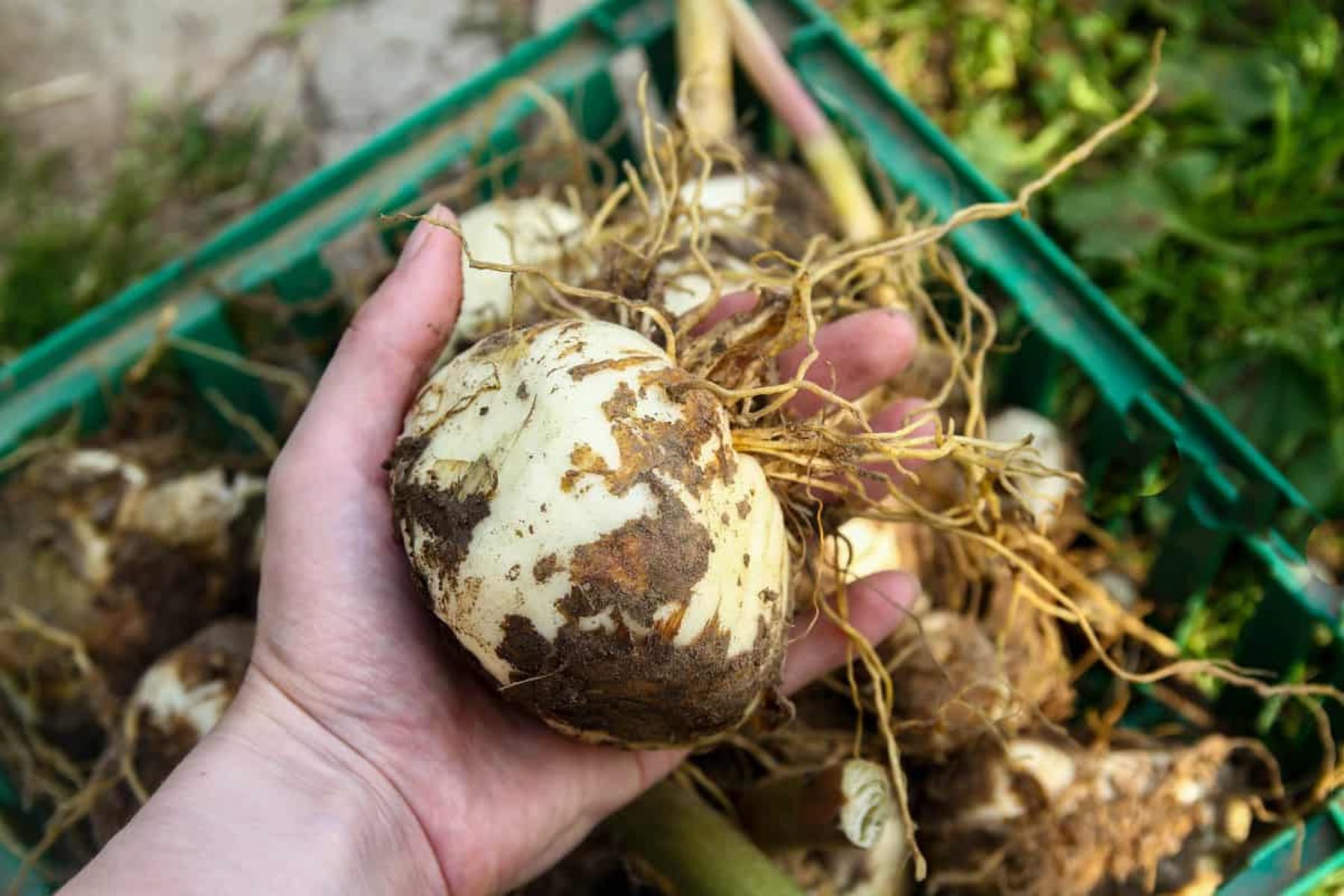
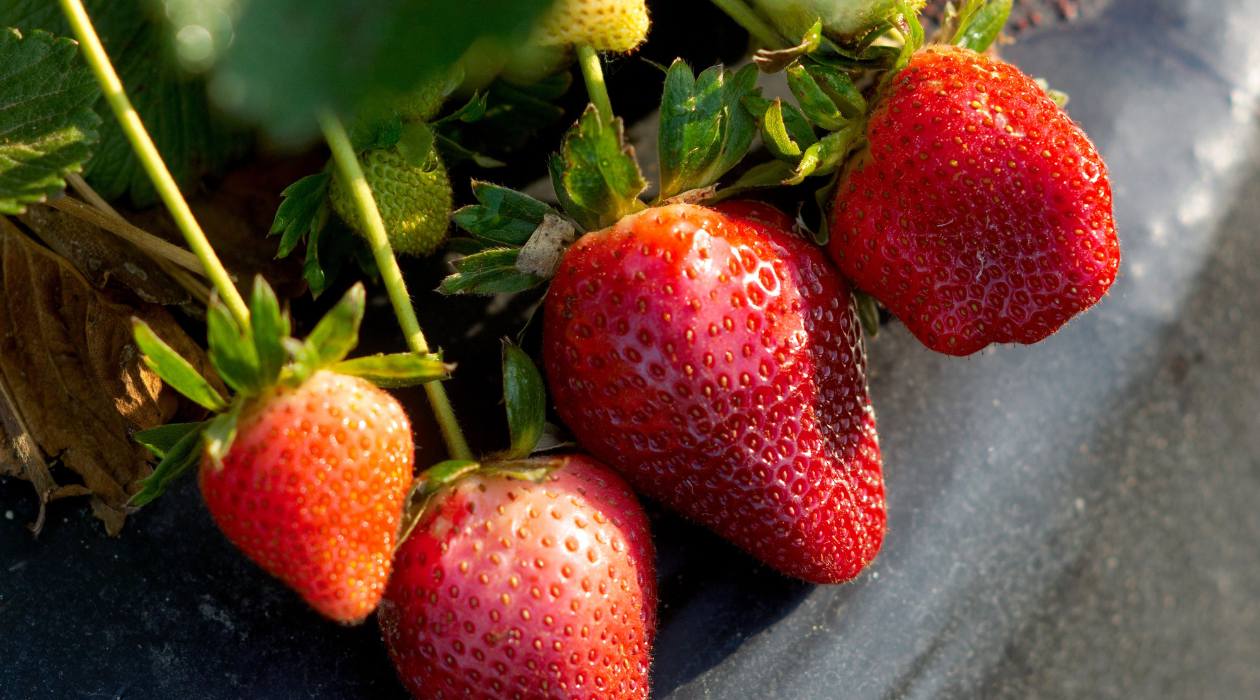
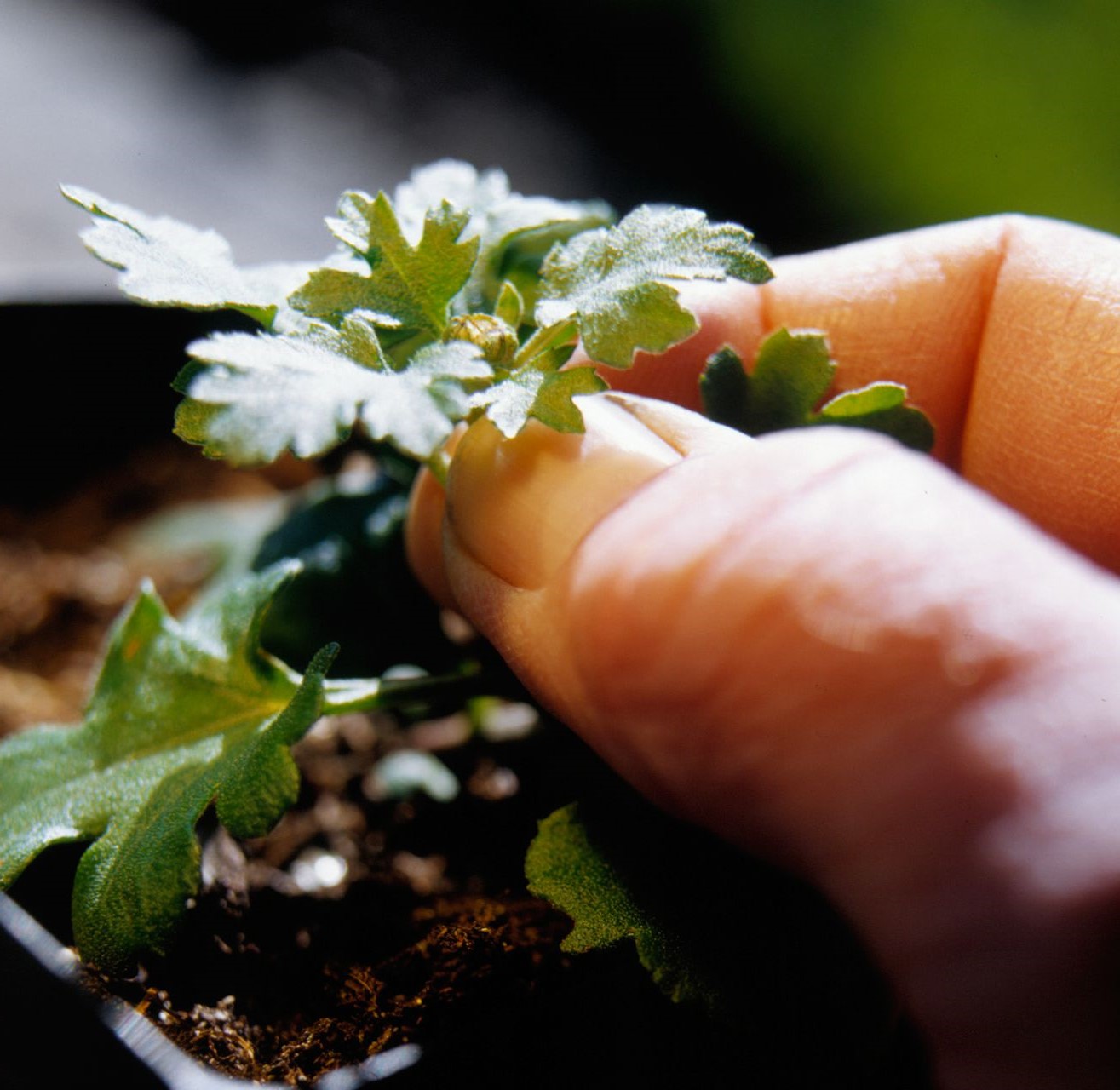


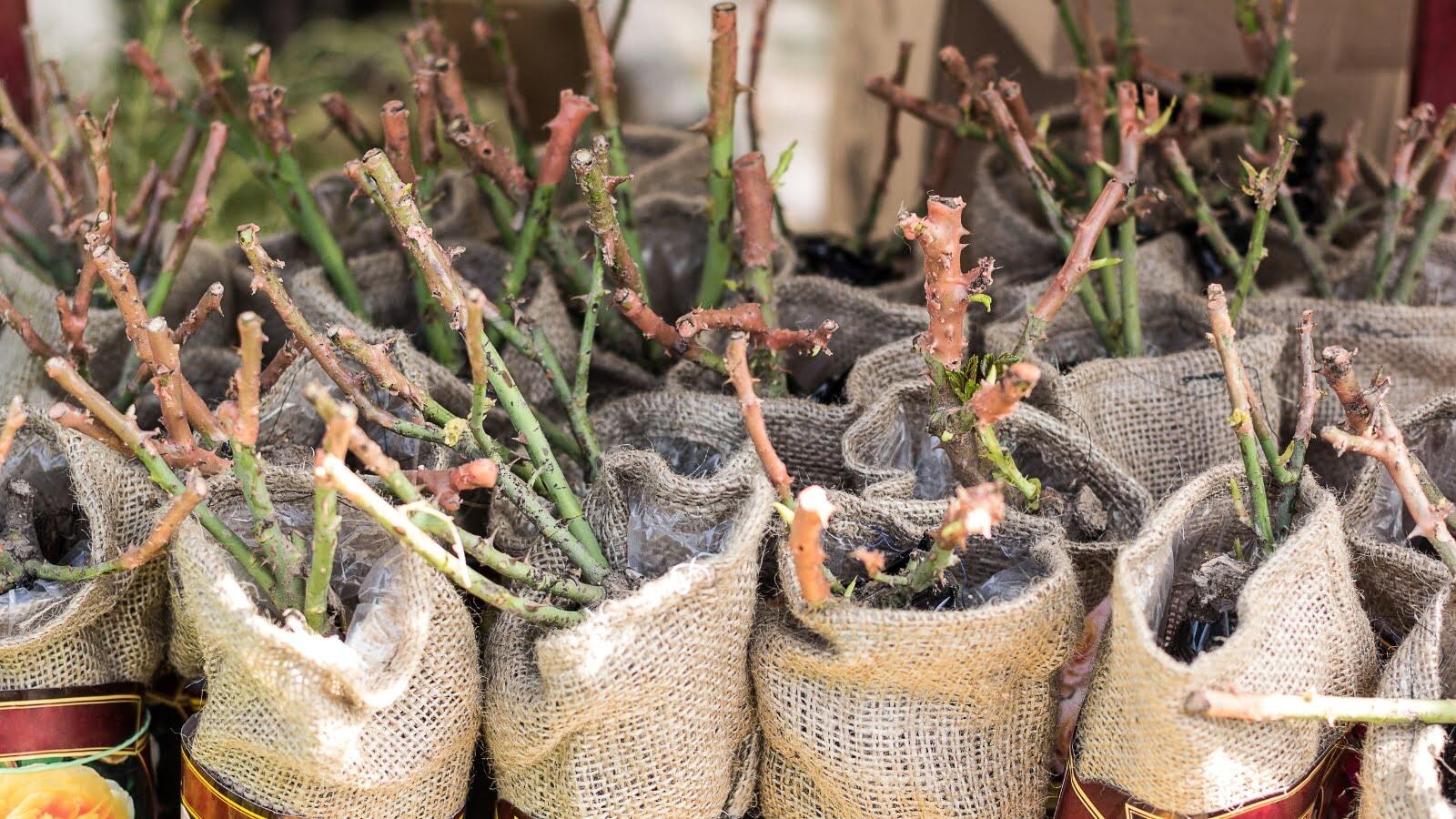

0 thoughts on “How To Keep Mums Over Winter”